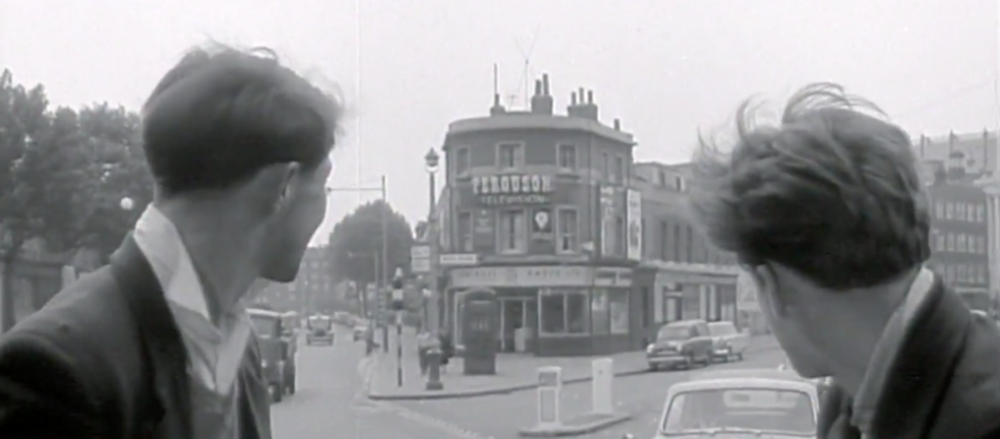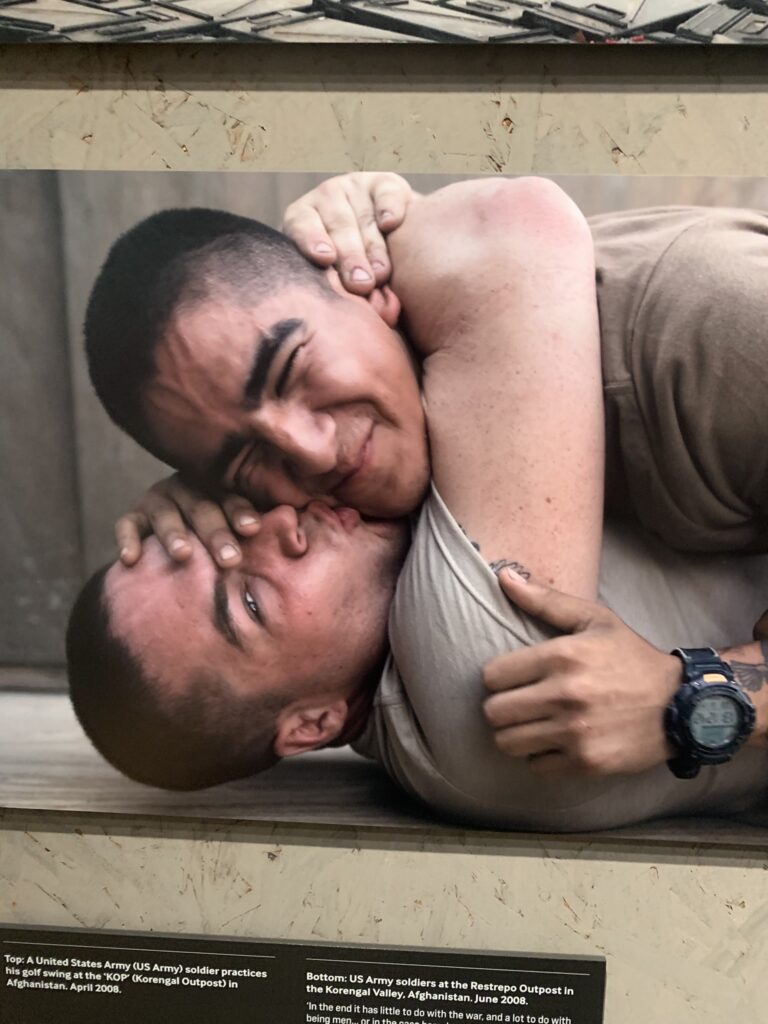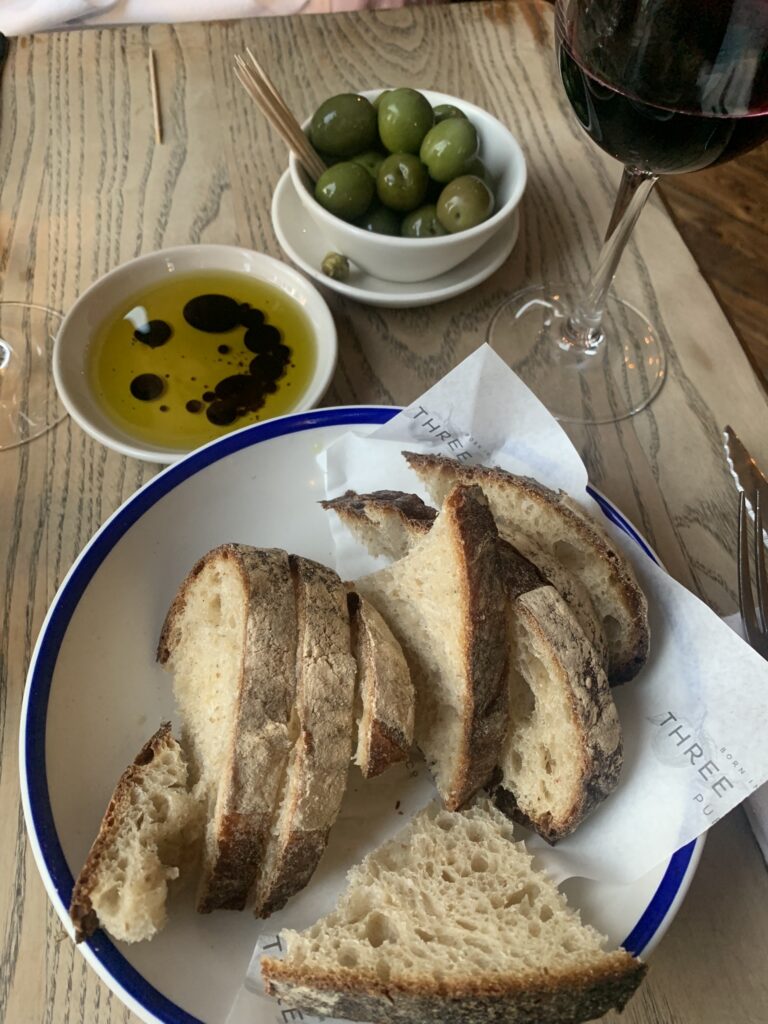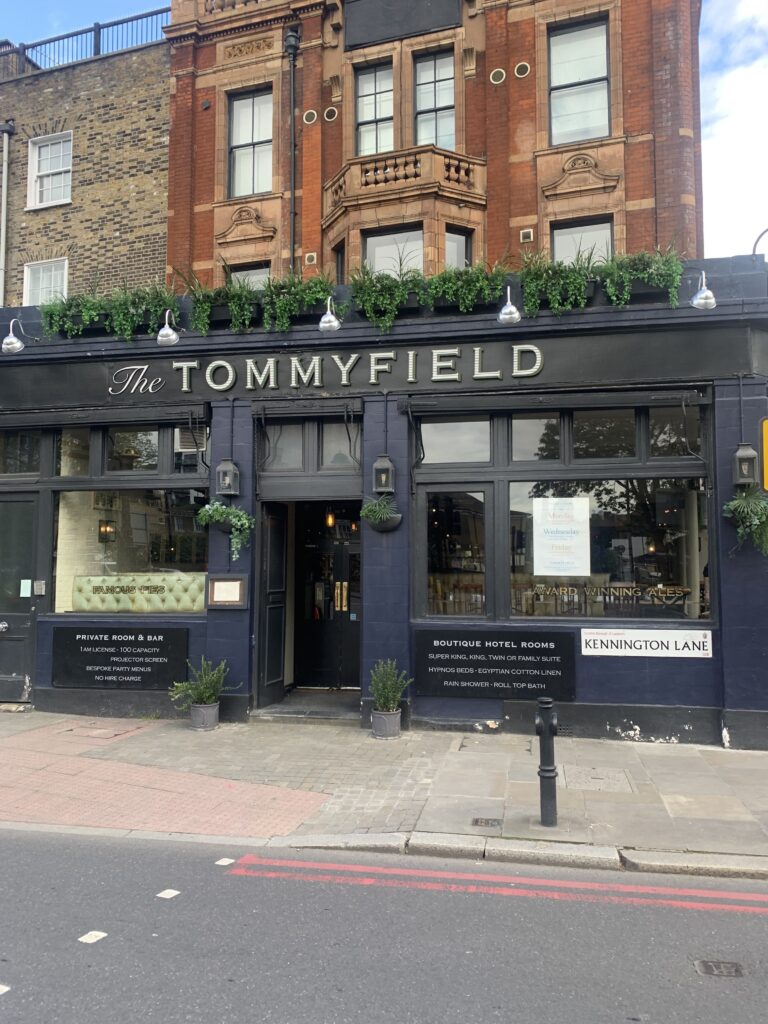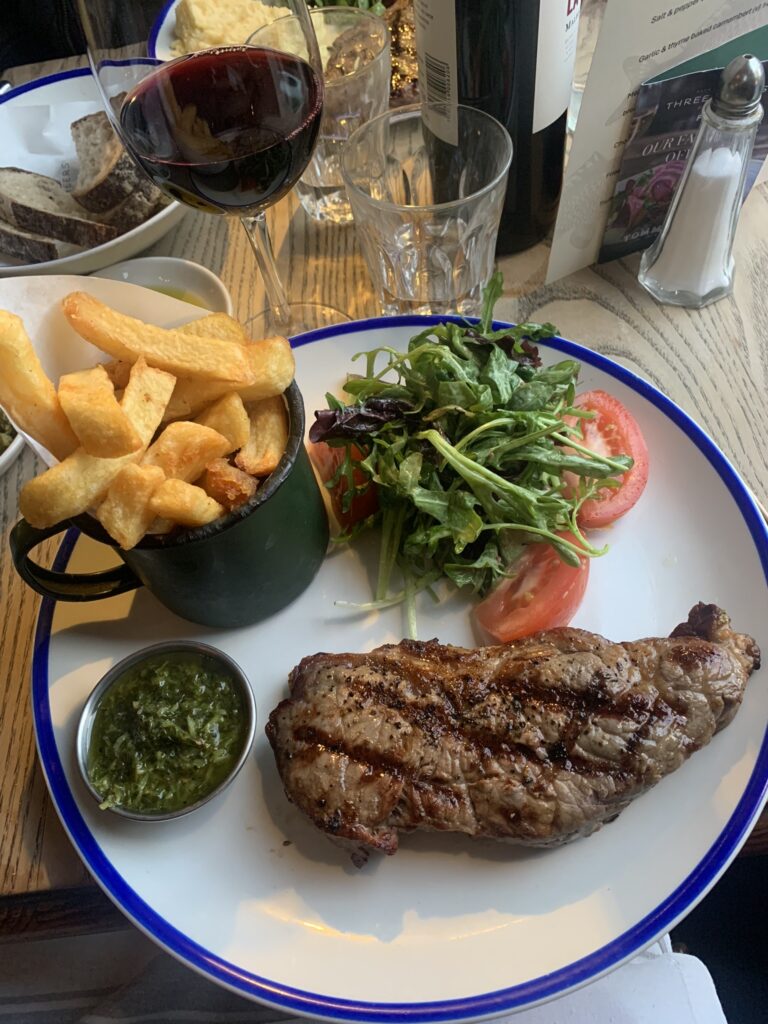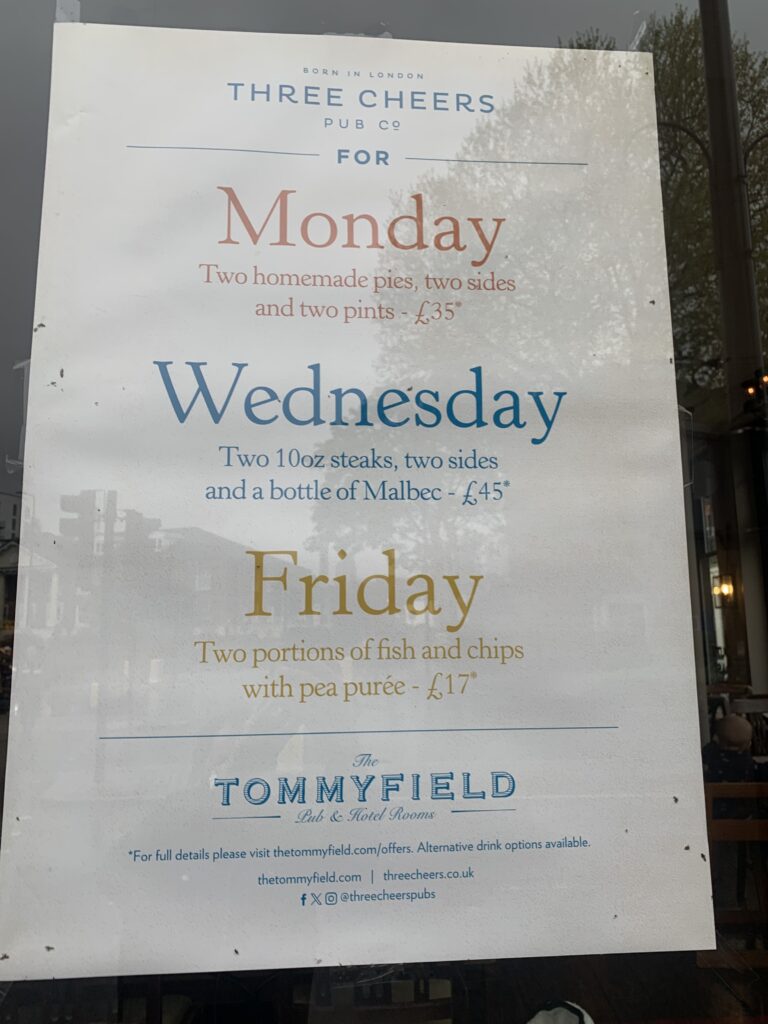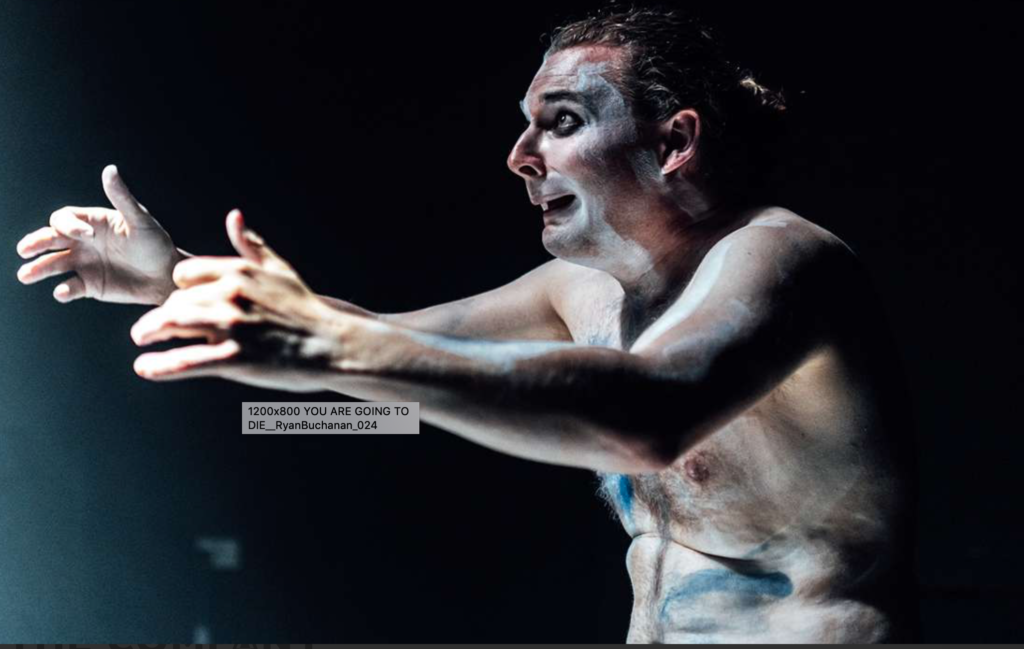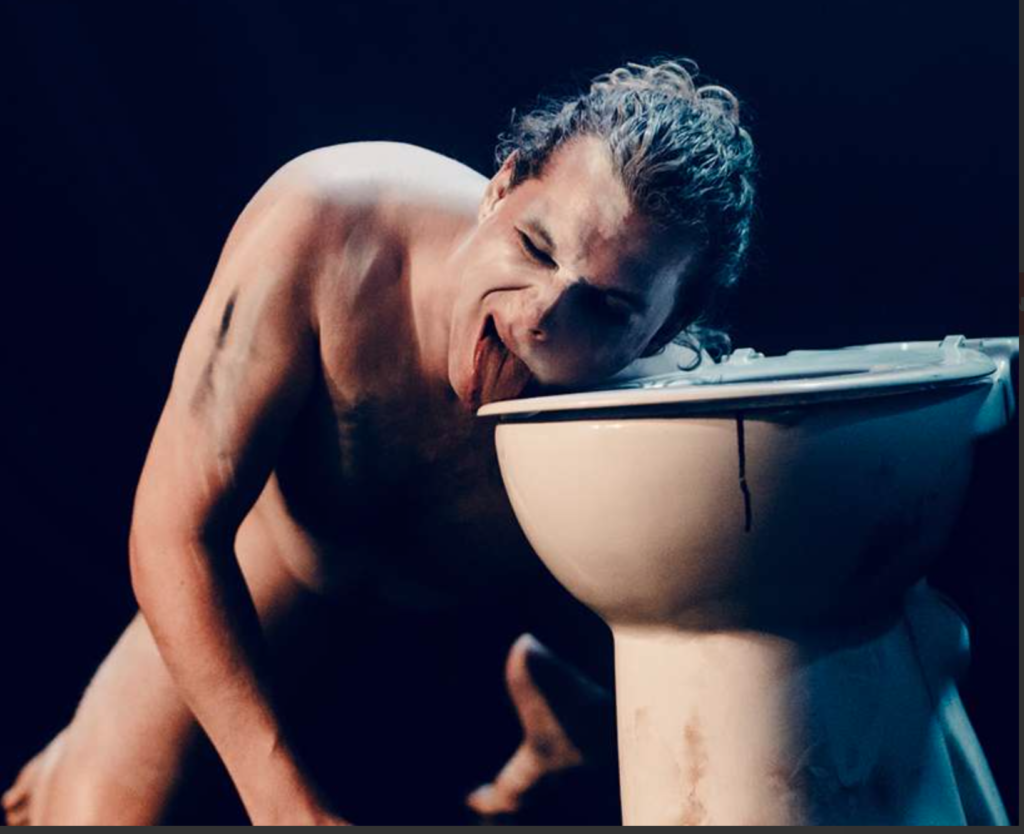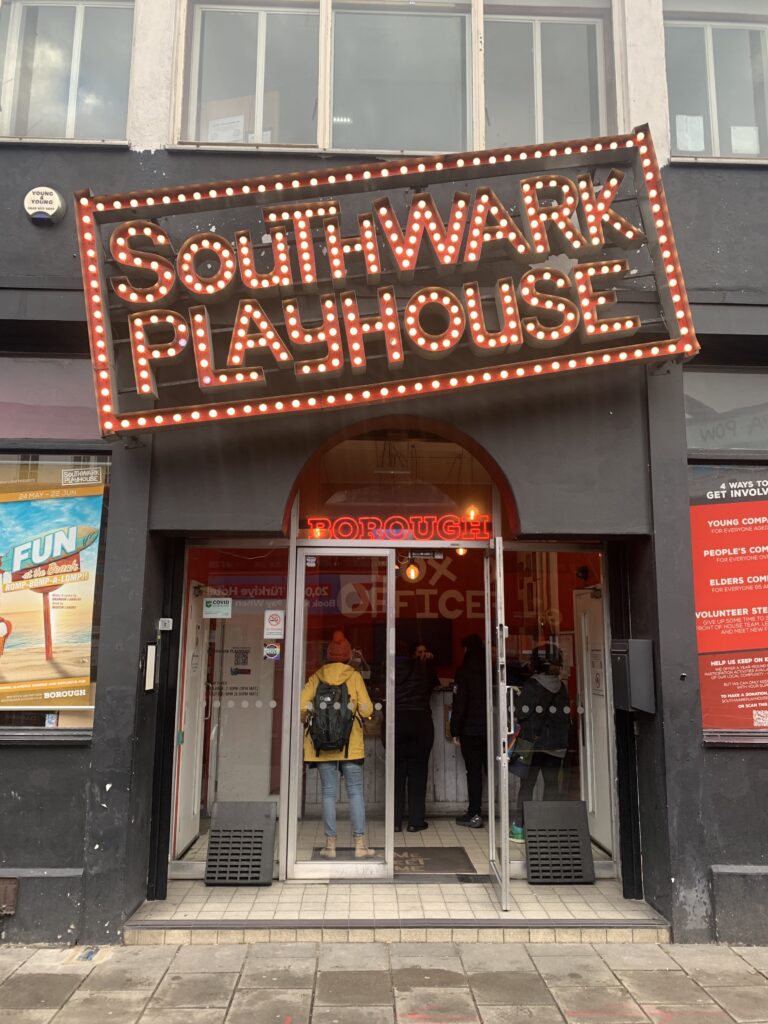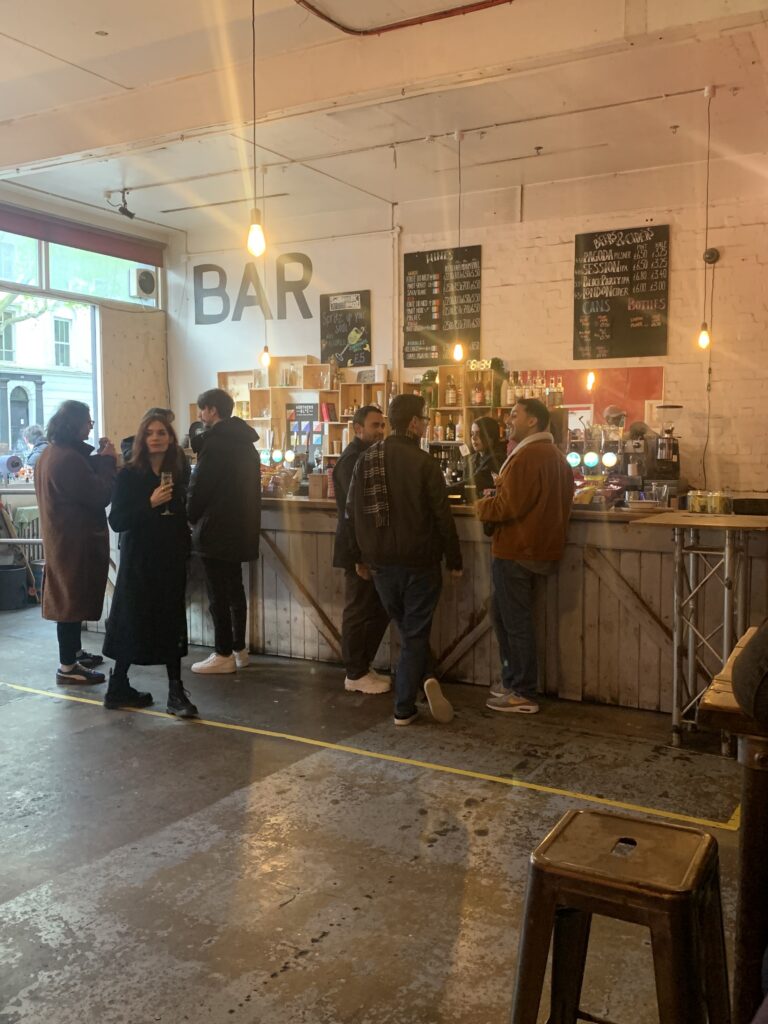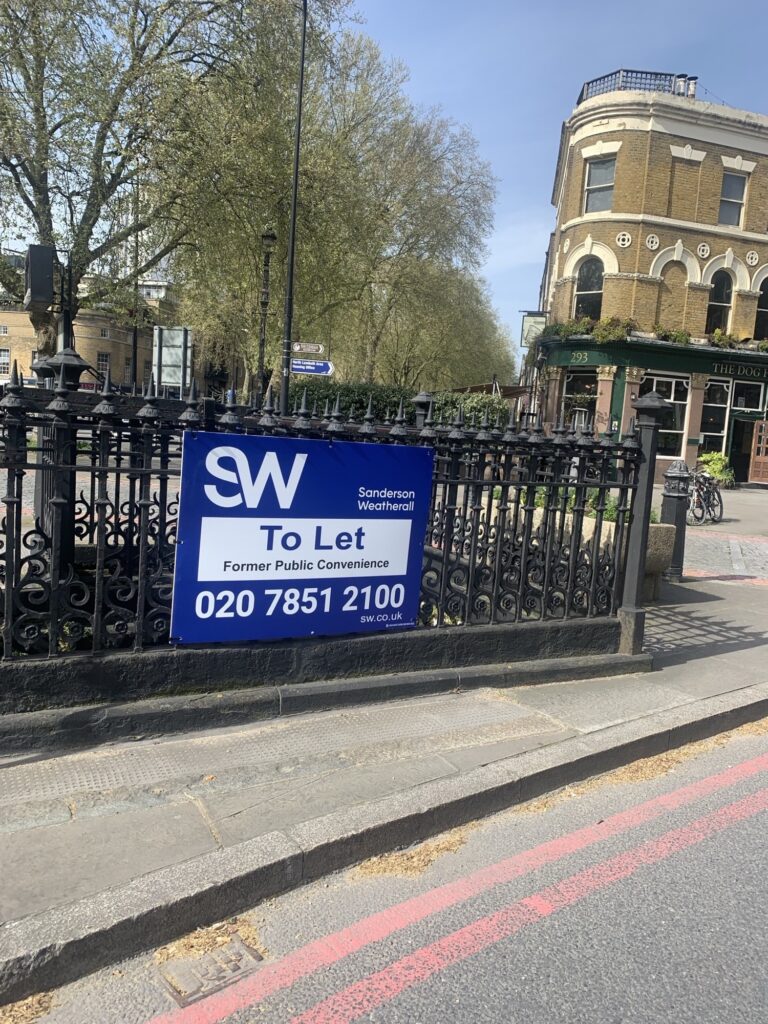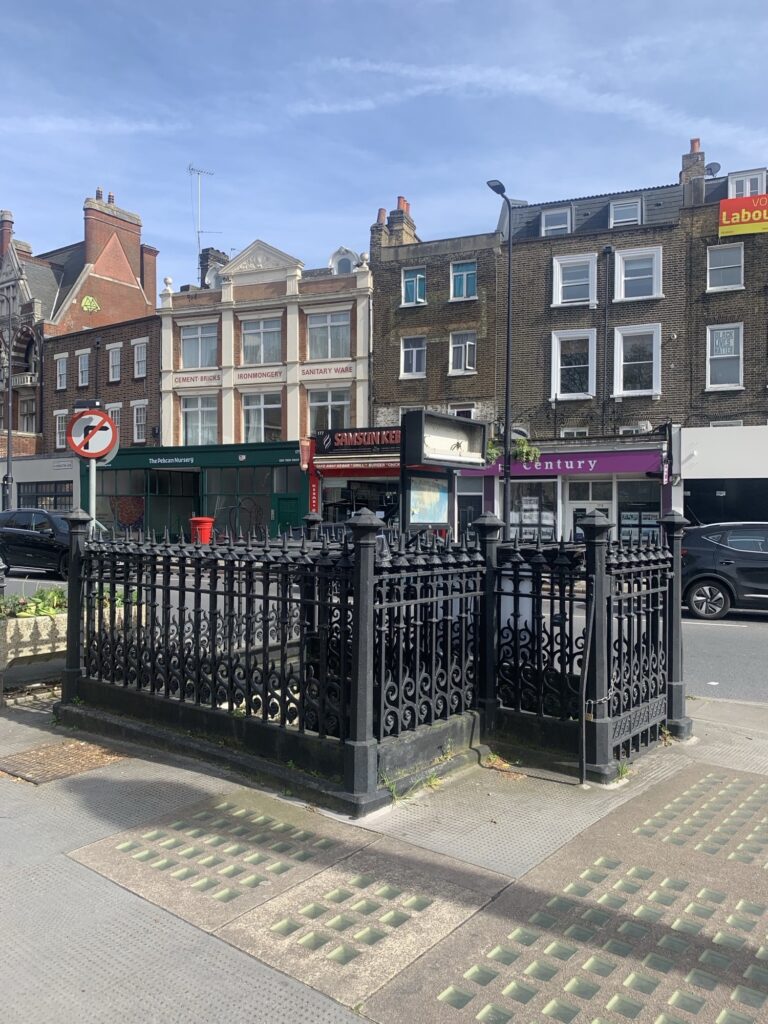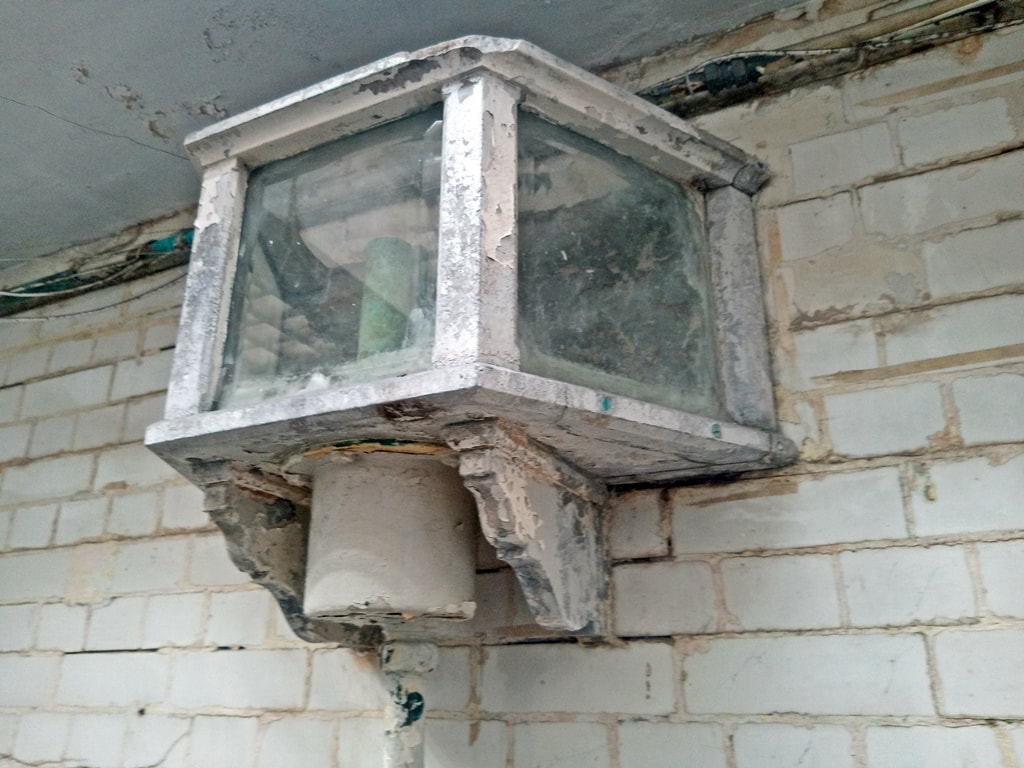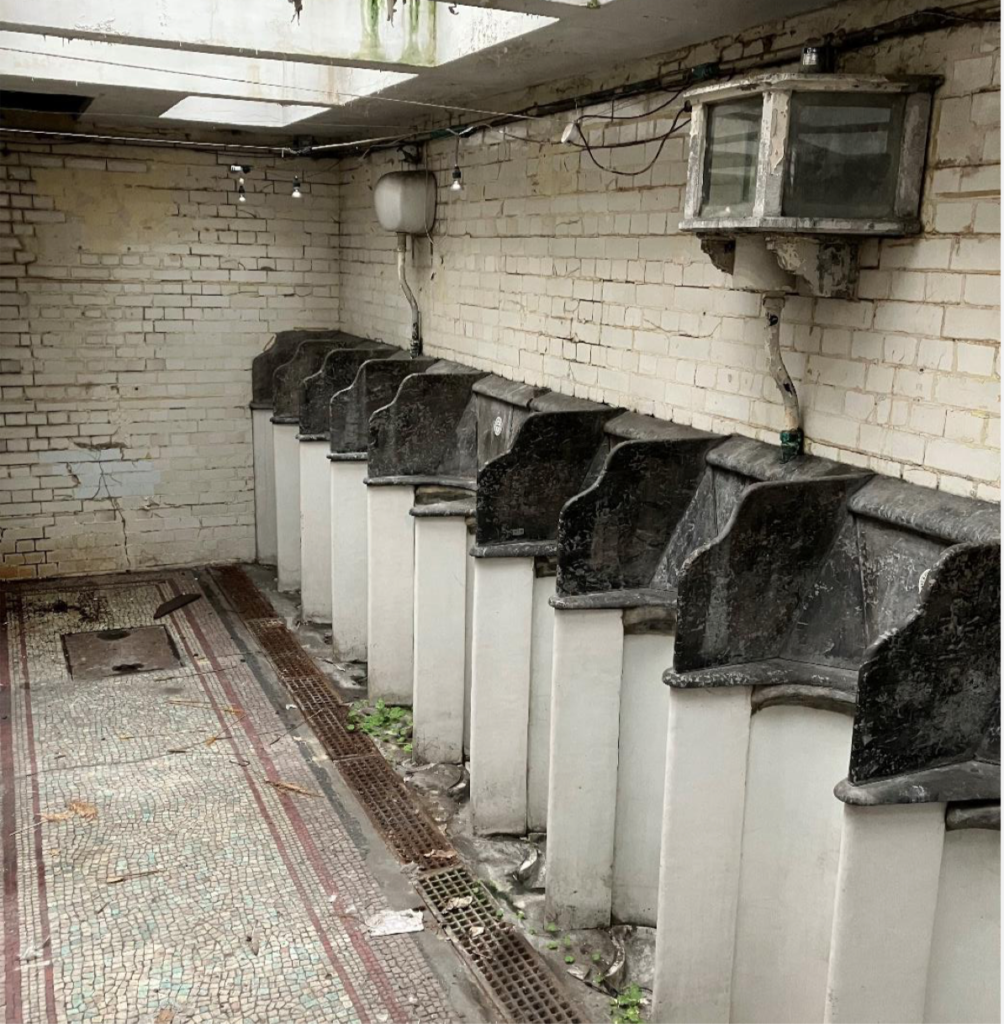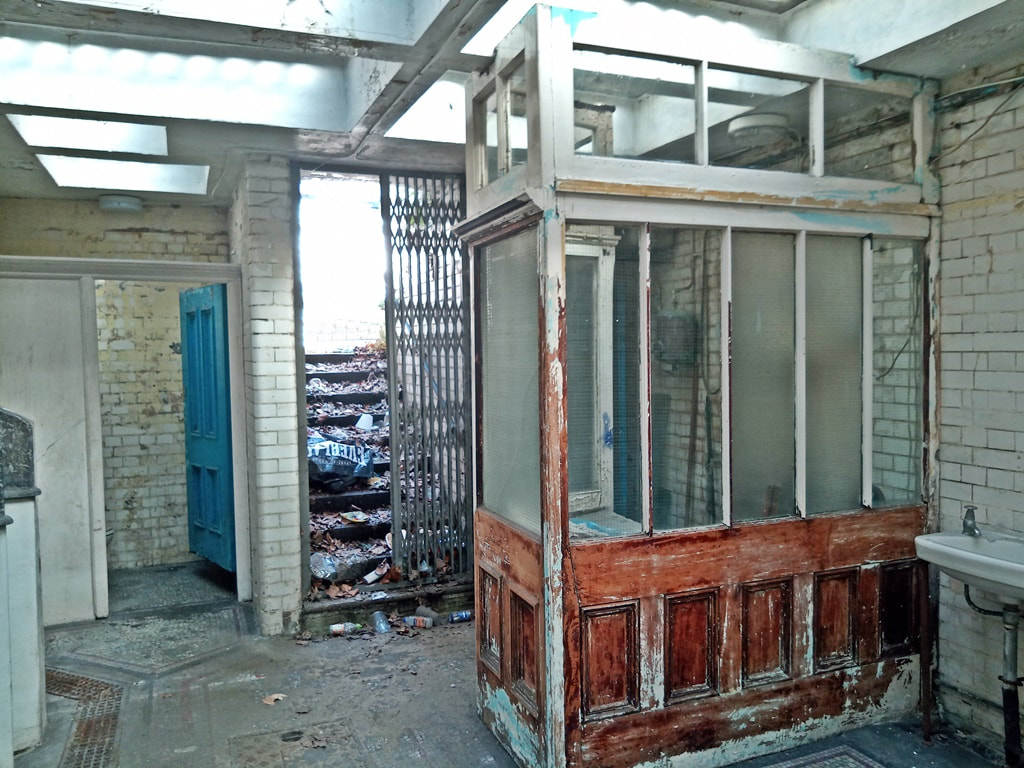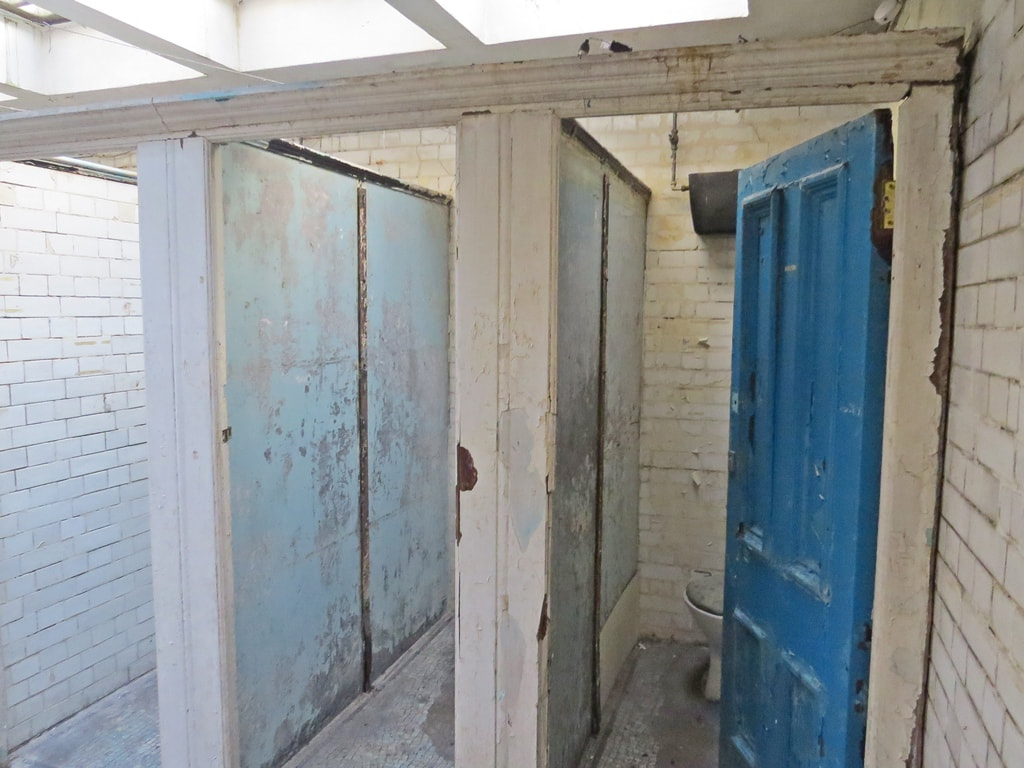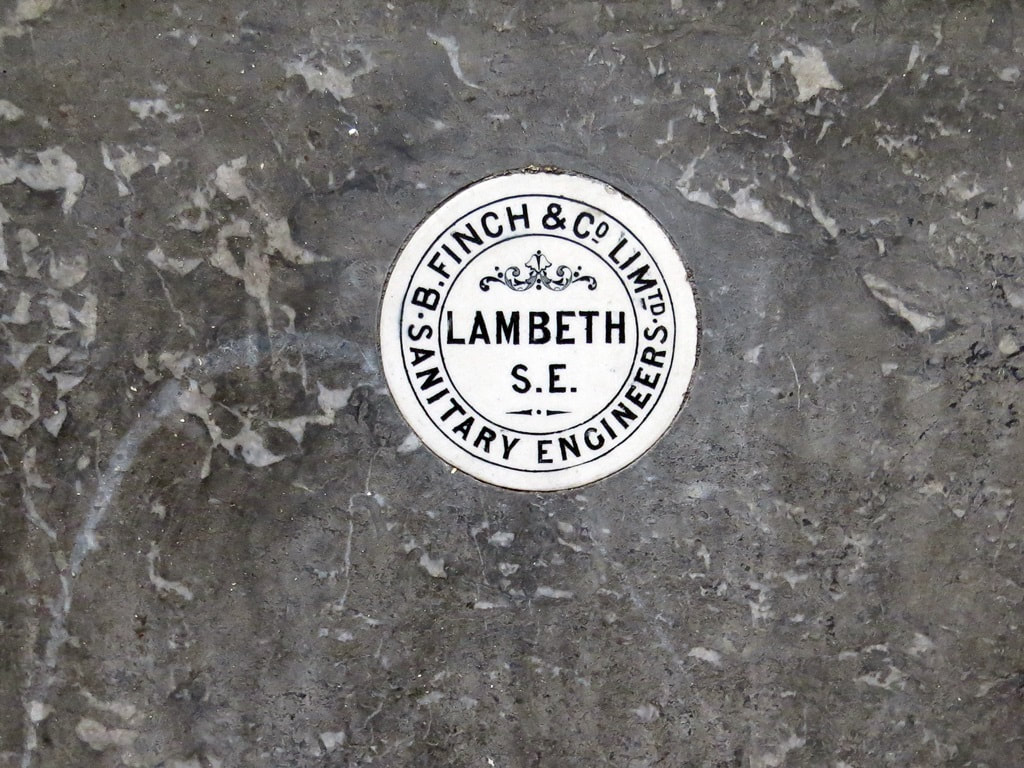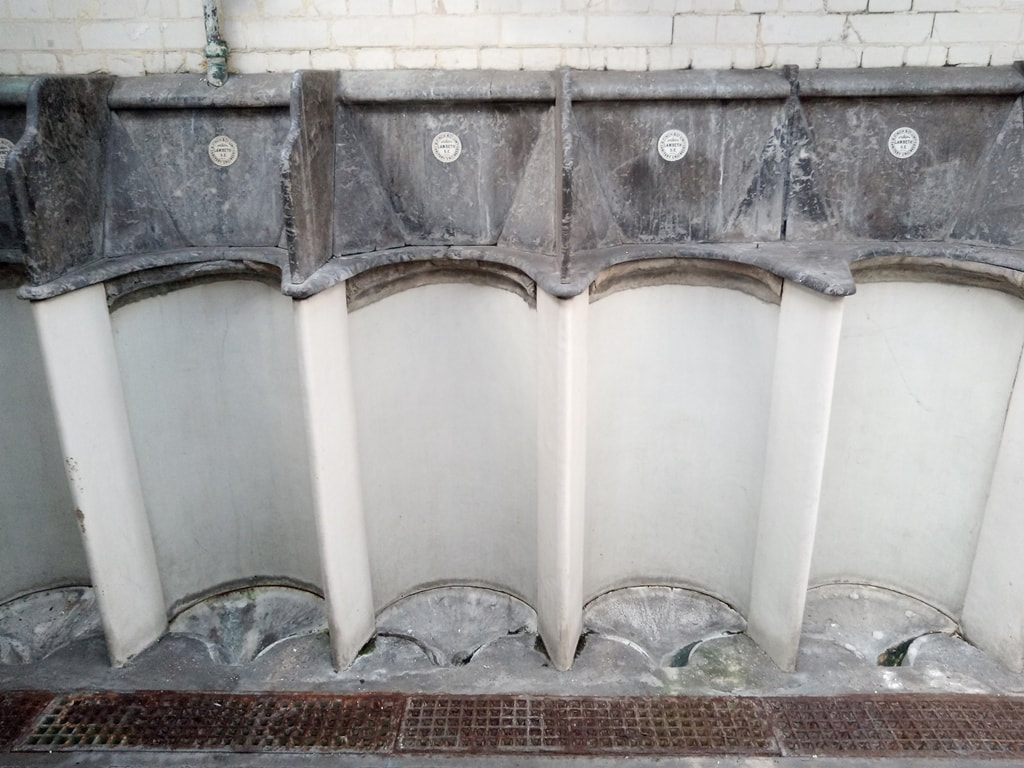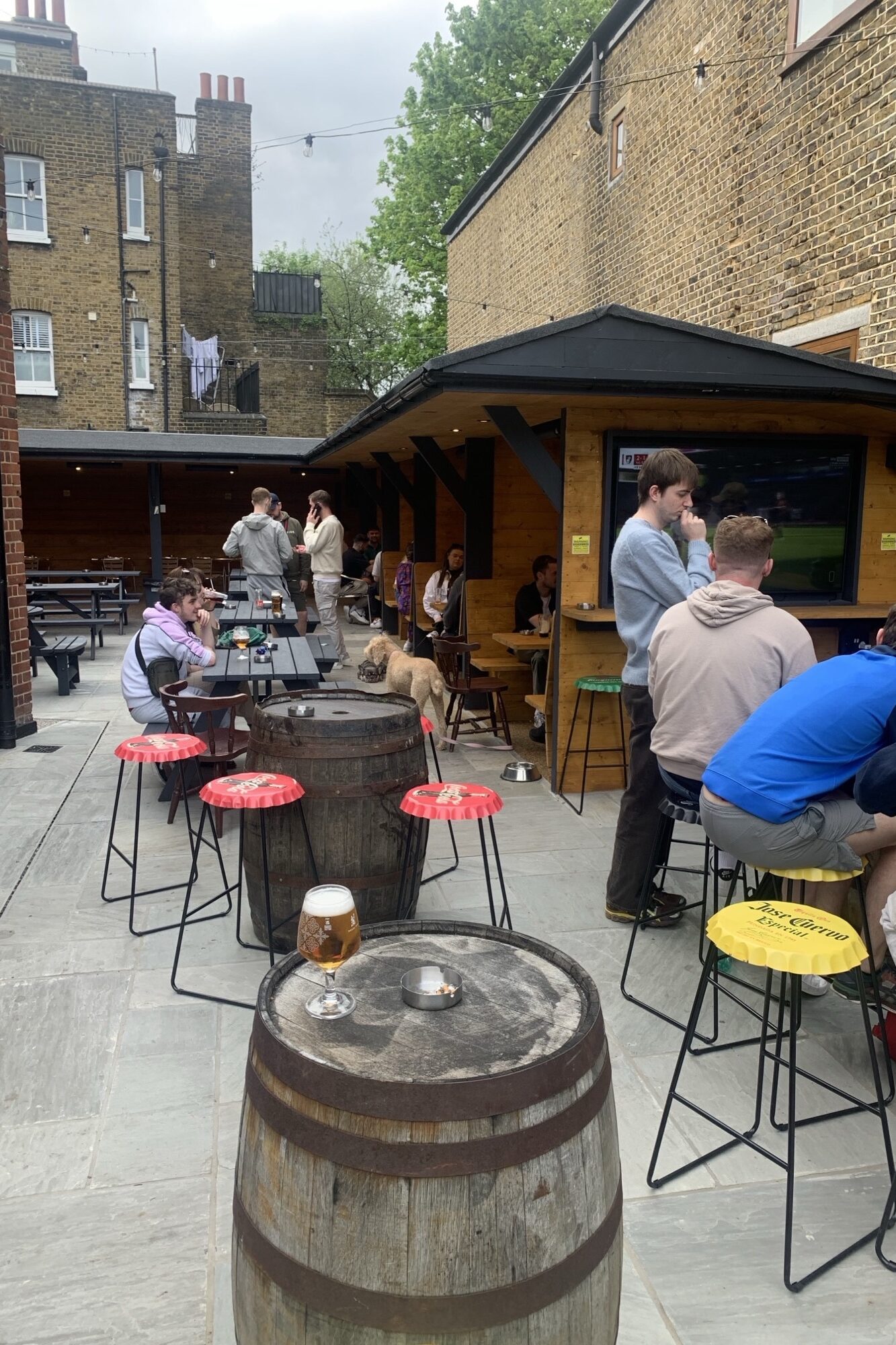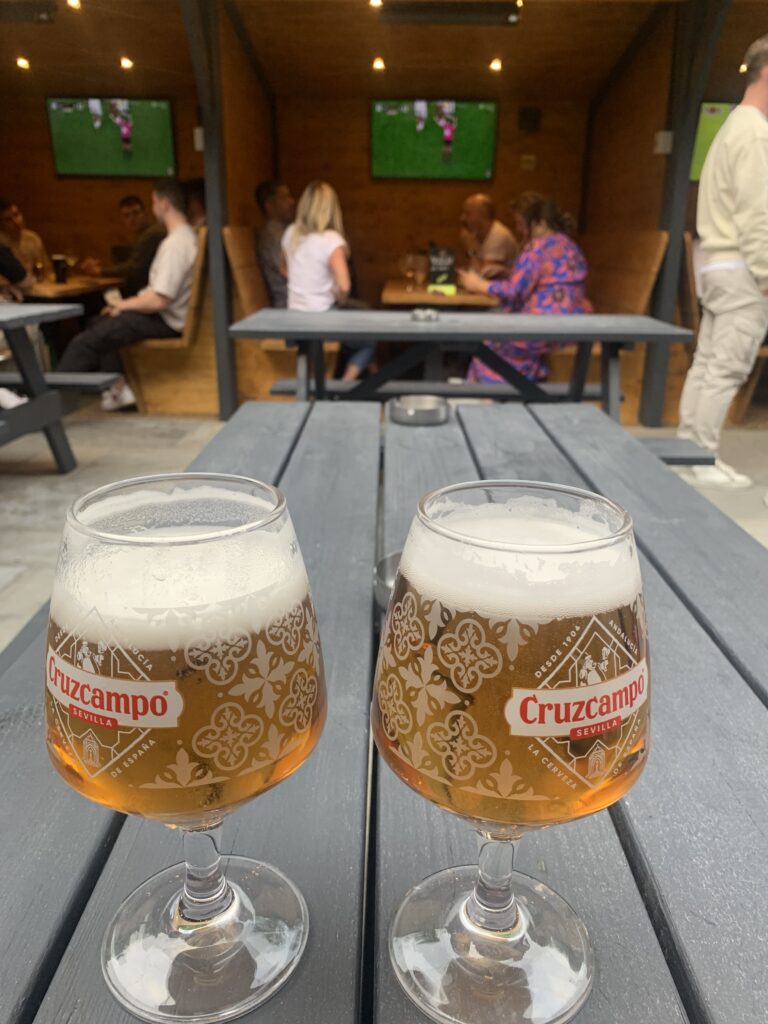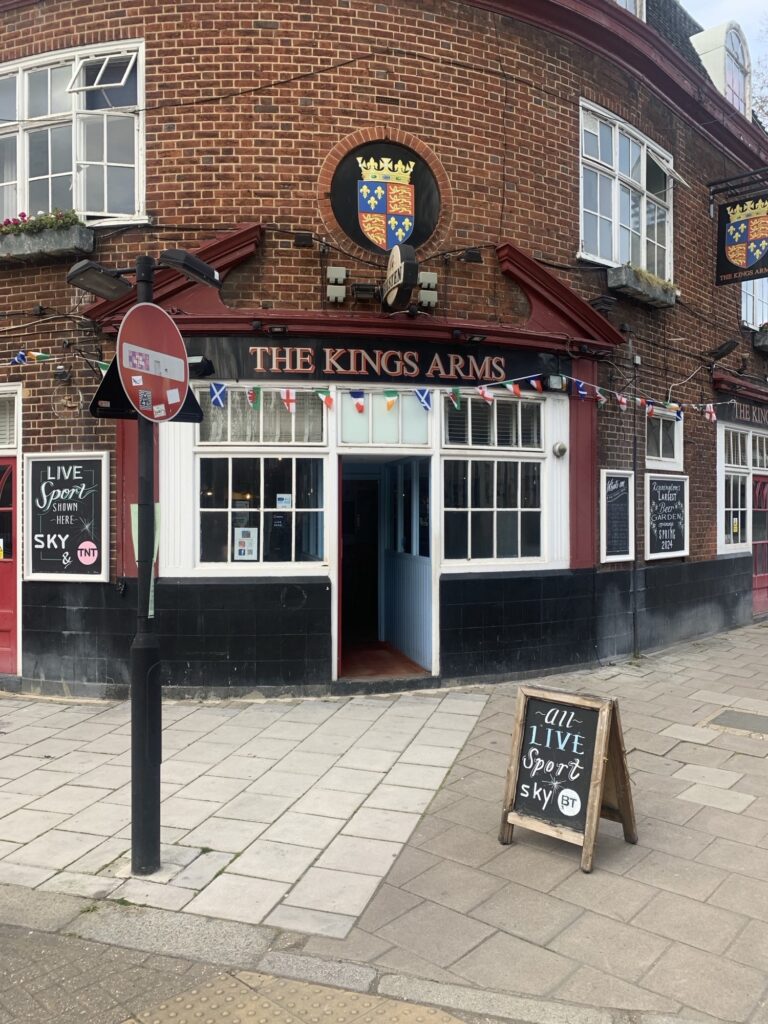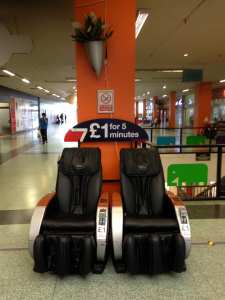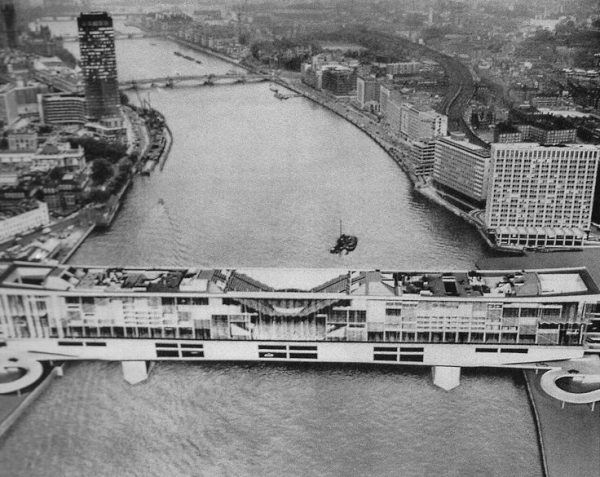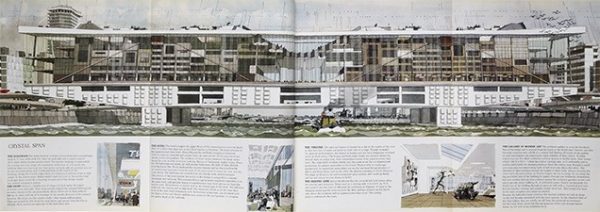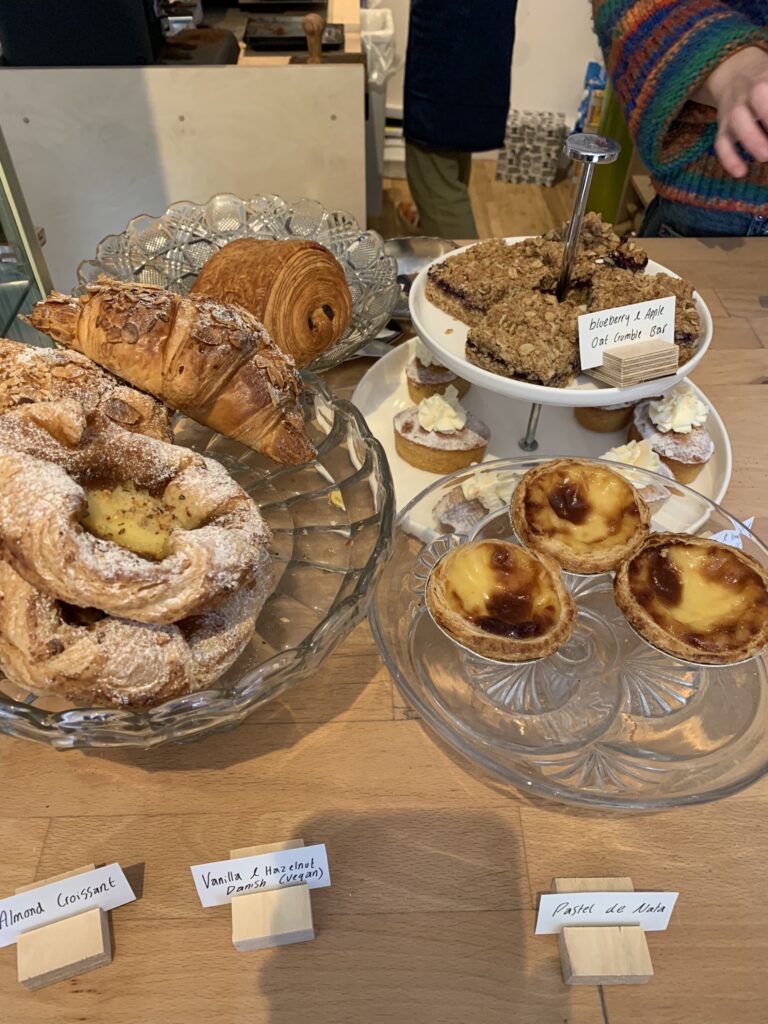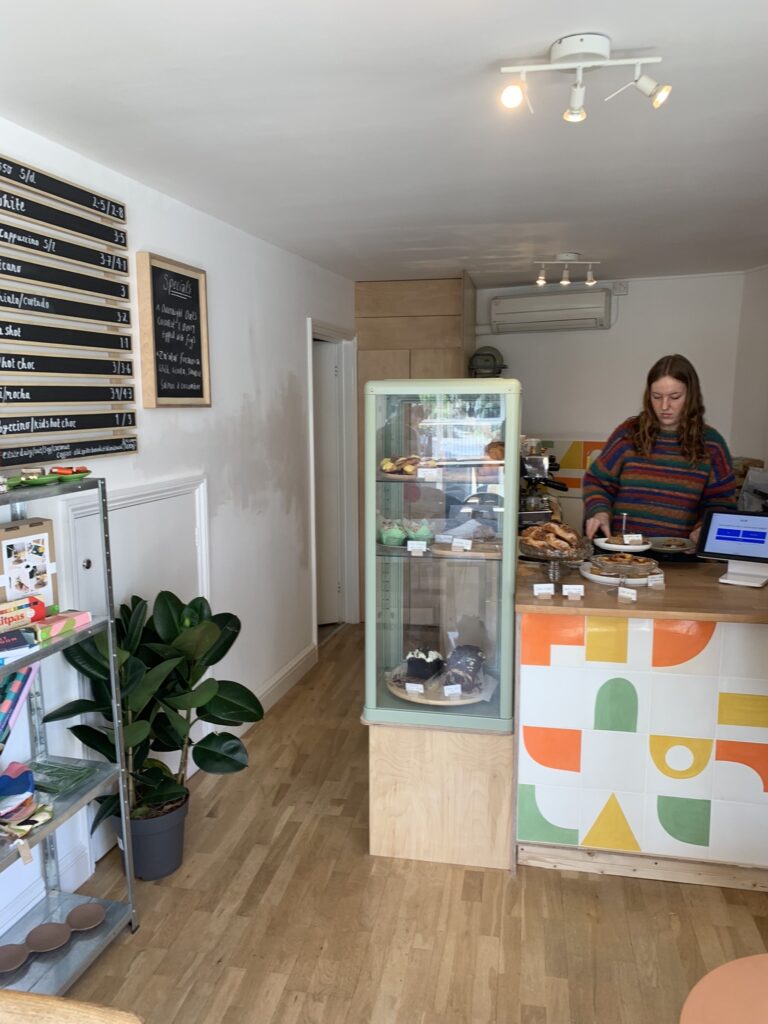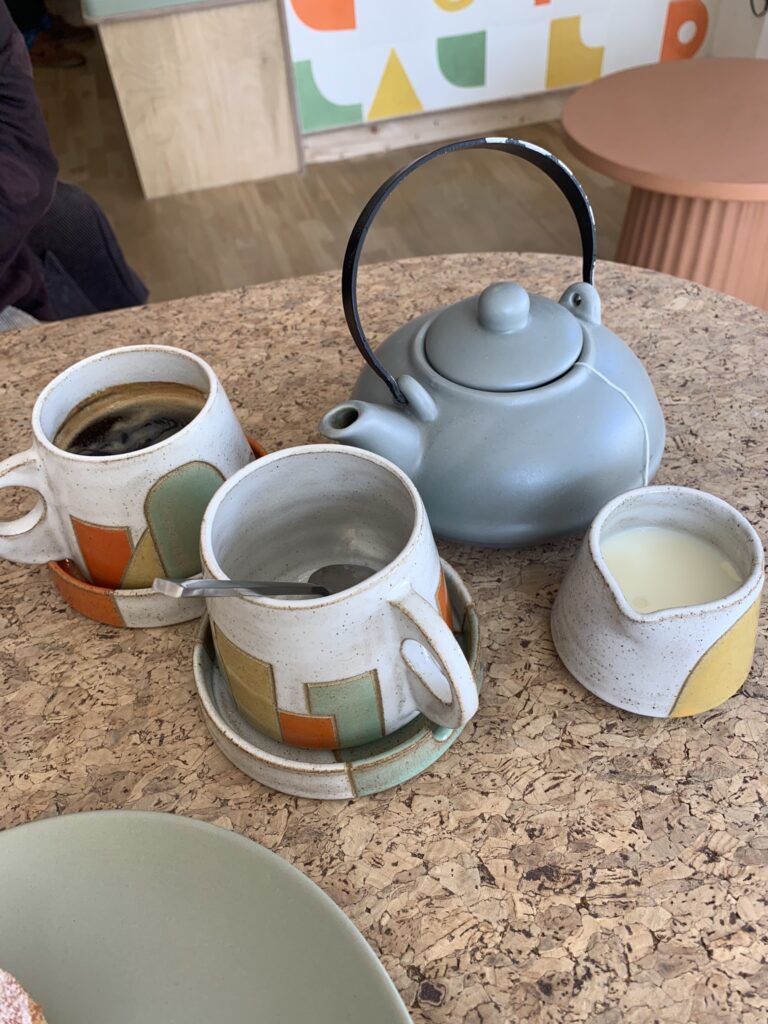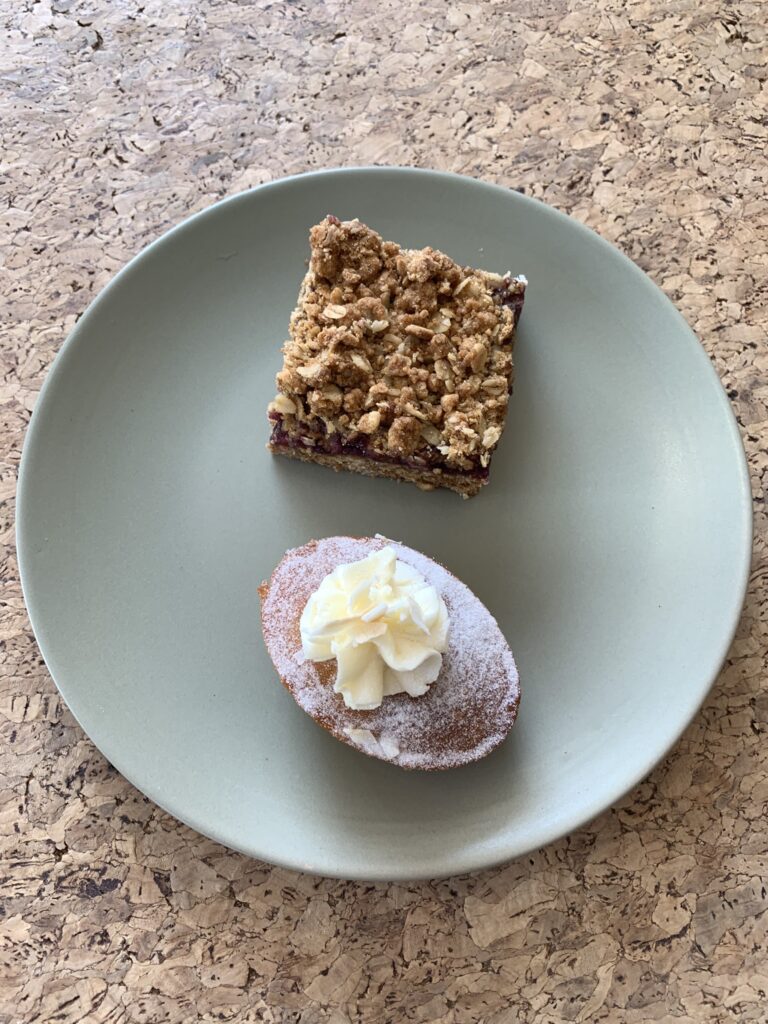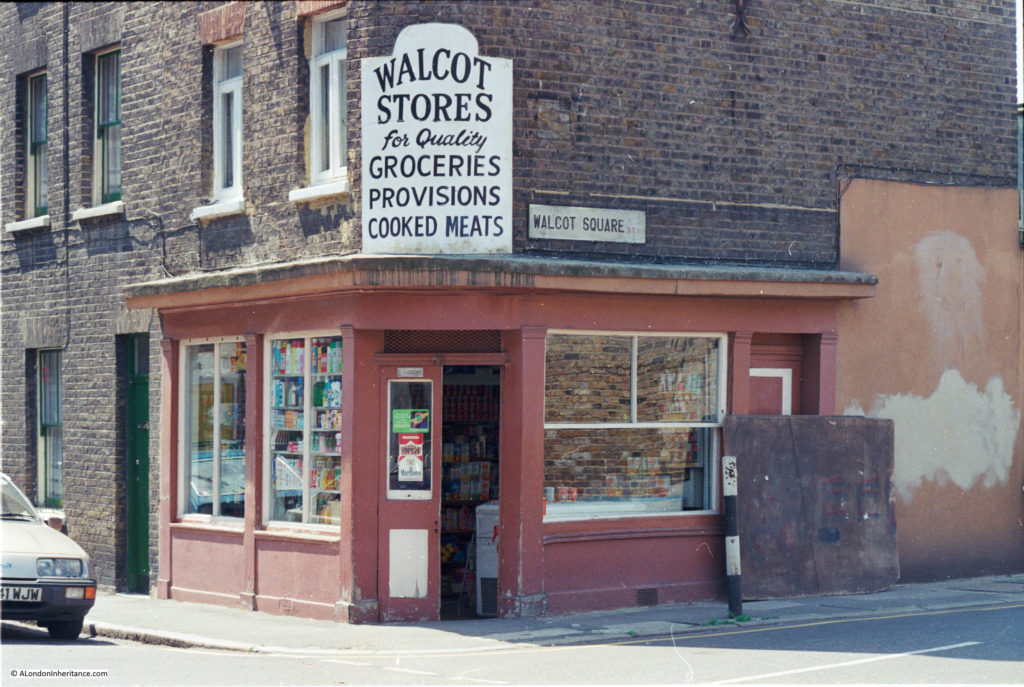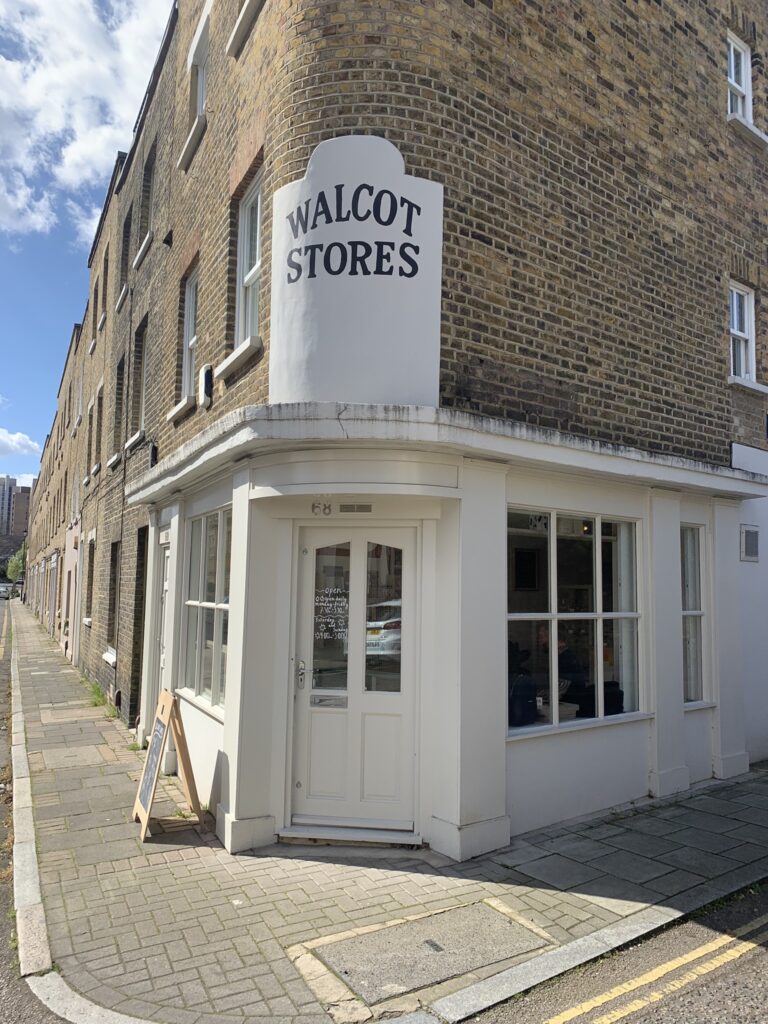We have two very different events taking place in Greater Kennington this weekend which, to say the least, appeal to divergent crowds. This is fortunate as they’re happening at exactly the same time.
This first is taking place at the glorious Cinema Museum, and is perhaps the most kitsch and camp film of all time; Barbarella. Jane Fonda plays Barbarella, who is sent from earth in the year 4000 to find scientist Durand Durand and crash lands on a distant planet only to be constrained by children with mechanical dolls. After escaping, Barbarella finds herself in Sogo where a new sin is created every hour. In Sogo she comes across a sex organ keyboard, a lesbian queen who can make her dreams come true, and a group of ladies who dispense the Essence of Man through a giant hookah pipe. Sounds like a normal day in the Runoff office.
If you’re struggling to find Barbarella even remotely plausible, it will be introduced by means of a curated talk beforehand. The film also has a banging 60’s soundtrack. Barbarella is on Sunday, 19 May at 14:00 and tickets can be nabbed here. It will be shown on it’s original 1968 Technicolor print. We have no idea what this means but it must be important because its on their website.
Roots and Shoots is a wonderful UNESCO award winning charity and vocational hub dedicated to educating disaffected young people aged 16 -25 in Lambeth and Southwark and preparing them for the world of work through one year internships in areas such as horticulture and retail. We wrote about them in 2019. It’s also a green space for urban biodiversity and is frequently visited by school groups eager to learn more about plants and gardening.
This weekend is Roots and Shoots charity spring festival, FlourishFest, which sounds like great fun. There will be happenings for all ages such as beekeeper demonstrations, food stalls, printmaking and art workshops. We think most of our readers don’t have little kids (rather, we hope they don’t) so with these events we always road test them for adults. There are a number of activities just for us grownups such a talk on sustainable gardening, growing things in small spaces, and a guerrilla gardening and seed bomb making workshop (now that sounds fun), and a talk on peat free gardening.
FlourishFest is on Sunday, 19 May from 11:00 to 14:00. Admission is just £3 for adults and £1 for kids. We’re unsure if a sex organ keyboard will make an appearance but as this is Greater Kennington anything could happen.
